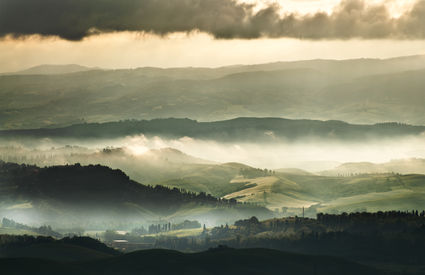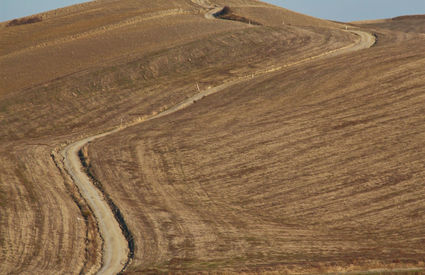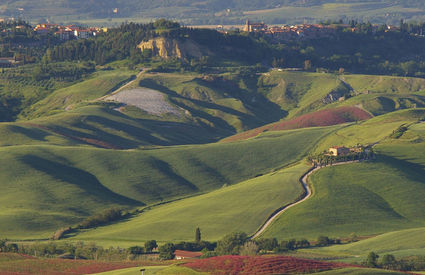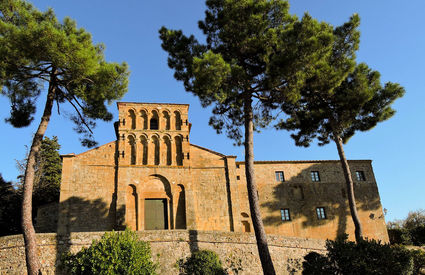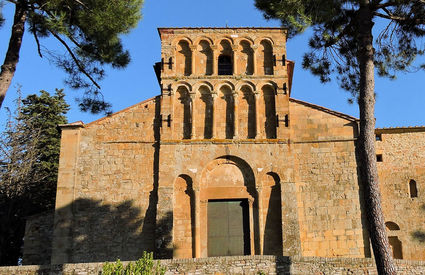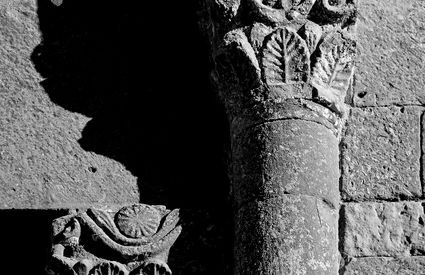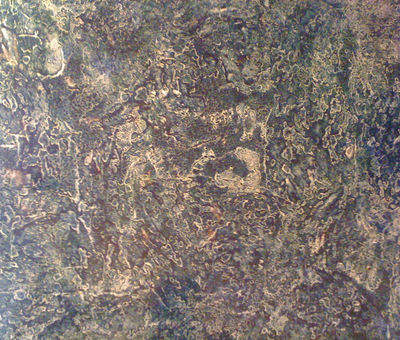Chapter #3
Finishing up amid spas and gardens
Of all the stops, Gambassi is among the few blessed to hold restorative thermal baths. Discovered in 1745, the source of the Pillo waters is situated at the center of the public gardens, and for centuries has offered travelers a healthy way to rest. Particularly beneficial for the high mineral quality of the waters and the abundance of sodium ions, it’s ideal to treat respiratory and gastrointestinal issues, but the finish to an infinite walk is even more priceless. What better place than here against the backdrop of dark pines, chestnuts, holm oaks, cypresses and the majestic red of the Gambassi gardens, can you better conclude a spiritual journey through the Tuscan hills?


